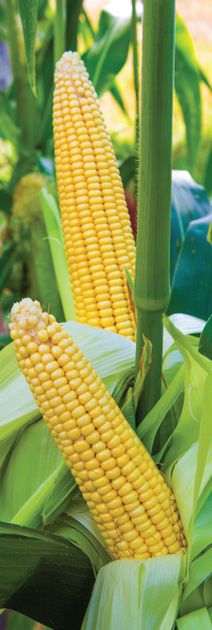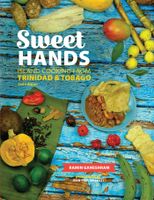🍝 Enjoy the cooking of Italy and save 25% on ckbk Membership 🇮🇹
Two Cocoa Paynol Corn Recipes
Published 2018

When I was young I was always puzzled by the idea of corn in Caribbean cooking, assuming, as I did, that corn was a uniquely American product—one I associated with summertime cookouts. And while corn is certainly most associated with America, it was originally a Central American and native Caribbean crop, no doubt used in very similar ways as Native American people used it. In the colonial period, ground corn, in the form of meal or hominy, became a key commodity in the triangular trade that brought captives from Africa to be enslaved in the Caribbean, and corn grown in the vast fields of the American colonies went to the Caribbean to feed enslaved people. In Trinidad, the various ways that corn is used is most representative of two traditions: our deep West African roots in the form of those original dishes that enslaved ancestors fashioned from corn rations and the influence of South American cocoa laborers, called cocoa paynols, who emigrated to the island in the eighteenth century bringing their own native uses for corn.
Part of
Advertisement
Advertisement


